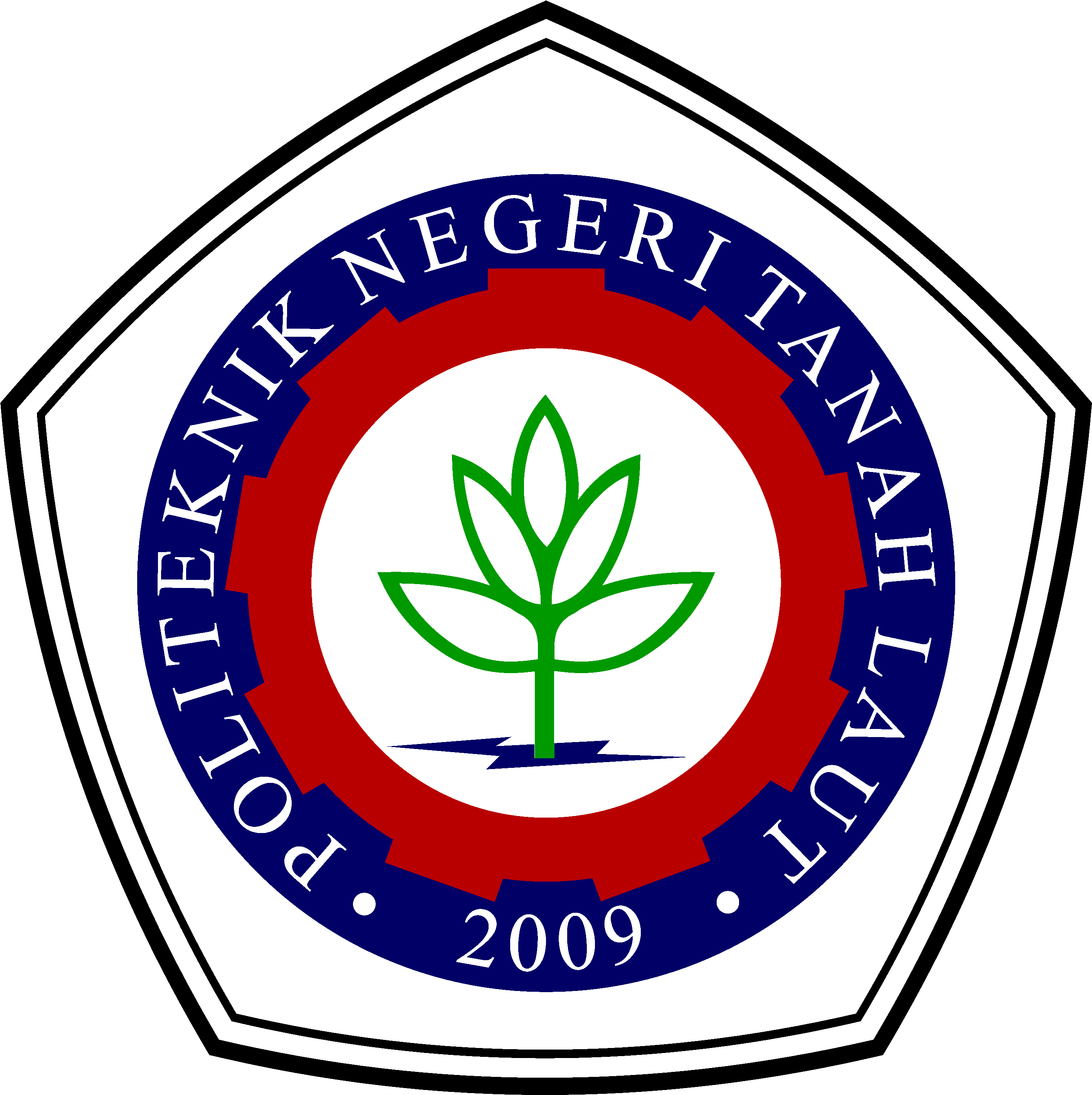CHARACTERISTICS OF FLOWS AROUND CIRCULAR CYLINDERS AND FINNED CYLINDERS
KARAKTERISTIK ALIRAN DI SEKITAR SILINDER SIRKULAR DAN SILINDER BERSIRIP
DOI:
https://doi.org/10.34128/je.v6i1.93Keywords:
silinder bersirip, fluent, simulasi numerik, silinder sirkularAbstract
The flow through an object will produce flow characteristics that depend on several physical parameters, including; shape, surface conditions, and orientation of the object being crossed. This study, the author uses Gambit 2.4 and Fluent 6.3 software to model finned cylinders with variations in the distance between fin. The cylinder diameter, cylinder length, fin length, and fin thickness are variables that remain constant. The variables that are changed are the distance between fins, namely 10 mm, 14 mm and 18 mm. The numerical simulation in this study was carried out using the 3D-steady flow Reynolds Averaged-Navier Stokes (RANS) and RNG k-ε approaches. The air properties used in STP conditions with a temperature of 28oC are, density (Ï) = 1.17 kg / m3 and viscosity (μ) = 1.85 x 10-5 N.s / m2. Inlet conditions of air flow, velocity inlet 16 m / s and turbulence intensity of 1.56% were applied in the inlet boundary condition of the numerical simulation domain. The fluid flow through the cylinder which has a clearance between the cylinder and the wall does not form a pair of vortices with a closed loop direction as is generally the 2D flow vortex behind the circular sililnder. Vortex is formed on the gap between the fin, especially in the gap between the fin near the clearance between the cylindrical fin and the wall. The more vortices that are formed, the greater the induced drag will be, especially in finned cylinders with narrower spacing between fin. Finned cylinders produce a longer wake area before the attached flow occurs.References
[1] Munson, B., R., Young, D. F., Okishi, T.H., Huebsch, W. W. (2009). â€Fundamentals of Fluid Mechanics†, 6th edition, John Wiley & Sons, Inc., New York.
[2] Ishima, T., Sasaki, T., Gokan, Y., Takahashi, Y., Obokata, T. (2008), “Flow Characteristics around an Inclined Circular Cylinder with Finâ€, Proceedings of 14th Int Symp on Applications of Laser Techniques to Fluid Mechanics, Lisbon, Portugal, hal. 1-10..
[3] Pis’mennyi, E.N., Terekh, A.M., Polupan, G.P., Mariscal, I. C., Sanchez, S. F. (2014), “Universal Relations for Calculation of The Drag of Transversely Finned Tube Bundlesâ€, International Journal of Heat and Mass Transfer, Vol. 73, hal. 293-302.
[4] Widodo, Wawan A., Triyogi, Y., Indiyono, P., Aryawan, Wasis D. (2009), “Pengendalian Aliran Pasif pada Silinder Sirkular Disturbance Body Berbentuk Silinder Elip (AR 1/4)†Jurnal Teknik Mesin, Vol. 11, No. 1, hal 1–11.
[5] Yoshida, M., Ishihara, S., Murakami, Y., Nakashima, K., Yamamoto, M. (2006), “Air-Cooling Effects on a Motorcycle Engineâ€, JSME International Journal, Vol. 49, No.3, hal. 869-875.
[6] Khashehchi, K., Abdi, I. A., Hooman, K., Roesgen, T. (2014), “A Comparison between The Wake behind Finned and Foamed Circular Cylinders in Cross-Flowâ€, Experimental Thermal and Fluid Science, Vol. 52, hal. 328-338.
[7] Ladjedel, A.O., Yahiaoui, B.T., Adjlout, C.L., Imine, D.O. (2011), “Experimental and Numerical Studies of Drag Reduction on a Circular Cylinder†World Academy of Science, Engineering and Technology, Vol. 15, No. 5, Hal. 339-343.
[2] Ishima, T., Sasaki, T., Gokan, Y., Takahashi, Y., Obokata, T. (2008), “Flow Characteristics around an Inclined Circular Cylinder with Finâ€, Proceedings of 14th Int Symp on Applications of Laser Techniques to Fluid Mechanics, Lisbon, Portugal, hal. 1-10..
[3] Pis’mennyi, E.N., Terekh, A.M., Polupan, G.P., Mariscal, I. C., Sanchez, S. F. (2014), “Universal Relations for Calculation of The Drag of Transversely Finned Tube Bundlesâ€, International Journal of Heat and Mass Transfer, Vol. 73, hal. 293-302.
[4] Widodo, Wawan A., Triyogi, Y., Indiyono, P., Aryawan, Wasis D. (2009), “Pengendalian Aliran Pasif pada Silinder Sirkular Disturbance Body Berbentuk Silinder Elip (AR 1/4)†Jurnal Teknik Mesin, Vol. 11, No. 1, hal 1–11.
[5] Yoshida, M., Ishihara, S., Murakami, Y., Nakashima, K., Yamamoto, M. (2006), “Air-Cooling Effects on a Motorcycle Engineâ€, JSME International Journal, Vol. 49, No.3, hal. 869-875.
[6] Khashehchi, K., Abdi, I. A., Hooman, K., Roesgen, T. (2014), “A Comparison between The Wake behind Finned and Foamed Circular Cylinders in Cross-Flowâ€, Experimental Thermal and Fluid Science, Vol. 52, hal. 328-338.
[7] Ladjedel, A.O., Yahiaoui, B.T., Adjlout, C.L., Imine, D.O. (2011), “Experimental and Numerical Studies of Drag Reduction on a Circular Cylinder†World Academy of Science, Engineering and Technology, Vol. 15, No. 5, Hal. 339-343.
Downloads
Published
2019-06-30
How to Cite
Sudirman, S. (2019). CHARACTERISTICS OF FLOWS AROUND CIRCULAR CYLINDERS AND FINNED CYLINDERS: KARAKTERISTIK ALIRAN DI SEKITAR SILINDER SIRKULAR DAN SILINDER BERSIRIP. ELEMEN : JURNAL TEKNIK MESIN, 6(1), 28–34. https://doi.org/10.34128/je.v6i1.93
Issue
Section
Author guidelines




